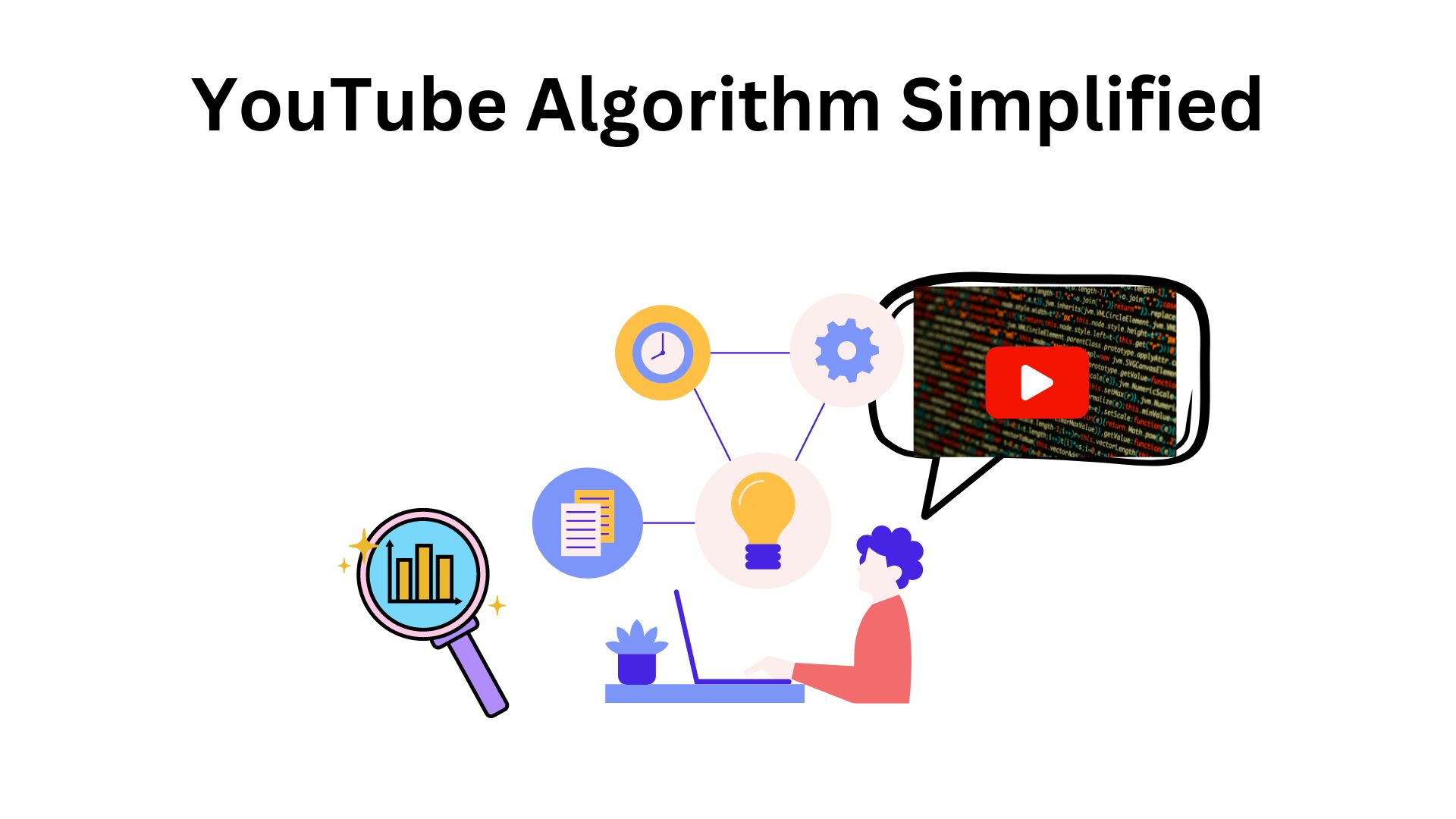YouTube is one of the most powerful platforms for content creators, boasting over 2 billion monthly active users. However, creating engaging content is only half the battle. To reach your audience and grow your channel, you need to optimize your videos for yoútbe algorithm. This guide will provide actionable steps to help your content stand out.
Understanding Yoútbe Algorithm
Yoútbe algorithm is designed to match users with the content they are most likely to enjoy. It takes into account multiple factors, such as:
- Watch Time: The total time viewers spend watching your videos.
- Engagement: Likes, comments, shares, and subscriptions.
- Click-Through Rate (CTR): The percentage of viewers who click on your video after seeing the thumbnail or title.
- Relevance: How well your video’s metadata aligns with the user’s search query.
- Consistency: Regular uploads that retain audience interest.
By understanding these factors, you can craft a strategy to optimize your videos effectively.
Step 1: Conduct Keyword Research
Keyword research is the foundation of video optimization. Use tools like Google Keyword Planner, TubeBuddy, or VidIQ to identify terms your target audience is searching for. Focus on keywords with a high search volume but moderate competition.
How to Implement Keywords
- Include your primary keyword in the video title.
- Add it naturally to your video description.
- Use relevant keywords in your tags.
- Mention keywords organically in your video script.
Step 2: Create Eye-Catching Thumbnails and Titles
Thumbnails and titles are the first things viewers notice. If they’re not compelling, your CTR will suffer, and yoútbe algorithm may deprioritize your video.
Best Practices:
- Use bright colors and bold text in your thumbnail.
- Make sure the thumbnail aligns with the video’s content.
- Craft titles that spark curiosity but avoid clickbait.
- Example: Instead of “Lose Weight Fast,” try “5 Proven Ways to Lose Weight Fast in 30 Days.”
Step 3: Optimize Video Descriptions
A well-written description helps Yoútbe Algorithm understand your content and provides additional context for viewers.
What to Include:
- Primary Keyword: Mention your main keyword within the first 100 characters.
- Call-to-Action (CTA): Encourage viewers to like, comment, and subscribe.
- Timestamps: Break your video into sections for easy navigation.
- Links: Include links to related content or social media accounts.
Step 4: Focus on Audience Retention
Yoútbe prioritizes videos that keep viewers engaged from start to finish. High retention rates signal to the algorithm that your content is valuable.
Tips for Increasing Retention:
- Hook Your Audience: Start your video with a compelling question, story, or fact.
- Use Visual Aids: Incorporate graphics, text overlays, and animations.
- Keep Content Concise: Avoid unnecessary fluff to retain viewer interest.
- Add Chapters: Use timestamps to segment your video into sections.
Step 5: Encourage Engagement
Engagement metrics like likes, comments, and shares play a significant role in the algorithm’s ranking decisions.
How to Boost Engagement:
- Ask Questions: Pose a question at the end of your video to spark discussion in the comments.
- Host Giveaways: Encourage likes and shares by offering prizes.
- Respond to Comments: Build a community by interacting with your audience.
Step 6: Leverage Playlists
Playlists can significantly increase watch time by keeping viewers on your channel longer.
How to Use Playlists Effectively:
- Group related videos into thematic playlists.
- Optimize playlist titles and descriptions with keywords.
- Share playlists in your video descriptions and social media posts.
Step 7: Promote Your Video
Even the best-optimized video needs initial traction to succeed. Share your video across platforms to drive traffic.
Promotion Strategies:
- Social Media: Share clips or highlights on Instagram, Twitter, and Facebook.
- Email Newsletters: Notify your subscribers about new uploads.
- Collaborations: Partner with other YouTubers to reach a broader audience.
Step 8: Analyze Performance
Consistent improvement requires understanding what works and what doesn’t. Use YouTube Analytics to track key metrics.
Metrics to Monitor:
- Watch Time: Identify which parts of your video retain viewers.
- CTR: Test different thumbnails and titles to improve performance.
- Engagement: Analyze likes, comments, and shares.
- Traffic Sources: Understand where your views are coming from.
Final Thoughts
Optimizing your videos for yoútbe algorithm is not a one-time effort but an ongoing process. By focusing on keyword research, engaging content, and analytics, you can increase your visibility and grow your channel. Implement these strategies consistently, and you’ll see steady improvement in your video performance.
